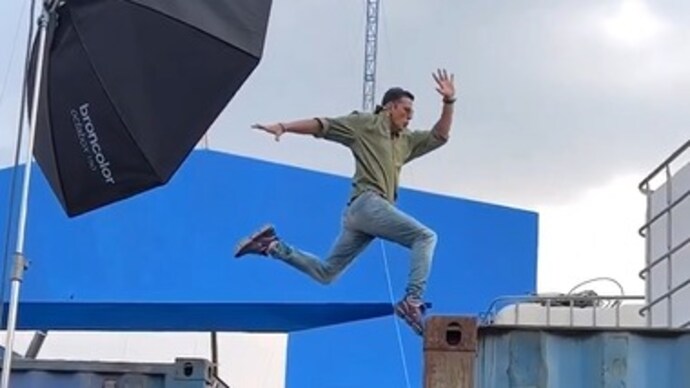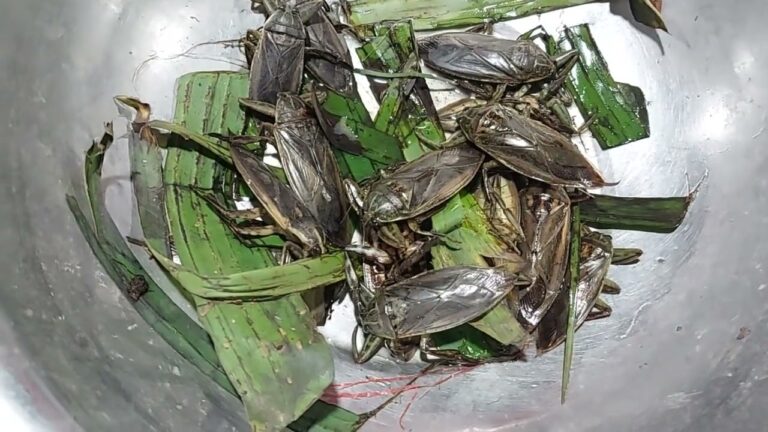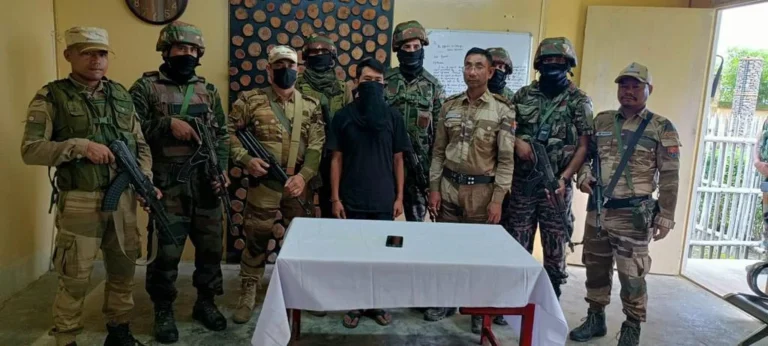Maharashtra Man Kills Lover, Throws Body in Ditch
On August 17, 2025, 26-year-old Bhakti Jitendra Mayekar from Ratnagiri went missing after telling her family she was meeting a friend. Police traced her phone to the Khandala area, which led investigators to Durvas Darshan Patil. After questioning, Patil allegedly confessed to killing Bhakti and dumping her body in Amba Ghat; her remains were later recovered. Two of Patil’s aides, Vishwas Vijay Pawar and Sushant Shantaram Naralkar, were also arrested in connection with the case. Reported motive: repeated arguments over Patil’s plan to marry another woman.
The timeline — piecing the events together
Imagine a puzzle with only some of its pieces. On August 17, Bhakti informed her family she was going to meet a friend and then vanished. That’s the kind of disappearance that sets off two immediate responses: emotional panic from loved ones, and a practical police response once a missing-person report is filed. Investigators used Bhakti’s mobile phone data to locate her last known position near Khandala — a crucial digital breadcrumb. From there, officers focused on Durvas Darshan Patil and began questioning him. According to police reports, Patil ultimately confessed to killing Bhakti and said he dumped her body in Amba Ghat. Police recovered the body and arrested Patil along with two associates, Vishwas Vijay Pawar and Sushant Shantaram Naralkar. The police say frequent fights over Patil’s proposed marriage to another woman were central to the conflict that led to the killing.
The arrests: who was taken into custody and why it matters
According to police reports, Durvas Darshan Patil was arrested about two weeks after Bhakti disappeared, and two aides were also taken into custody: Vishwas Vijay Pawar and Sushant Shantaram Naralkar. Arresting alleged accomplices matters legally and practically. It allows investigators to question different versions of events, corroborate timelines, and determine whether there was planning, coercion, or help that facilitated the crime. Accomplice arrests can also change the shape of a prosecution: a co-accused might cooperate, leading to additional evidence or testimony that strengthens the case.
Evidence and procedure — what police likely focused on after the recovery
Once the body was recovered in Amba Ghat, the forensic clock started ticking. Forensic teams typically examine the body for cause and time of death, collect DNA and trace evidence, analyze injuries, and secure any possible weapon. The scene — a ditch in a ghat area — would be combed for footprints, vehicle traces, discarded clothing, and other physical clues. Investigators also likely seized mobile phones, questioned witnesses, and reviewed CCTV (if available) along the routes suggested by mobile data.
All these steps feed into building a case the prosecution can present in court: motive, means, and opportunity. The stronger the chain of evidence linking suspect(s) to the scene and the victim, the stronger the likelihood of conviction — assuming the legal process is followed correctly.
FAQs
A1: Police reports say the accused is Durvas Darshan Patil, with two aides arrested identified as Vishwas Vijay Pawar and Sushant Shantaram Naralkar. These arrests followed the recovery of the victim’s body in Amba Ghat after tracing her mobile phone.
Q2: How did the police locate the missing woman?
A2: Investigators traced the victim’s mobile phone location to narrow down the search area near Khandala, which helped lead them to the suspects and ultimately to the site where the body was recovered.
Q3: What motive did police report in this case?
A3: Police say the accused admitted that frequent arguments over his proposed marriage to another woman were at the heart of the dispute that led to the killing.
Q4: What normally happens after arrests in such homicide cases?
A4: After arrest, police usually complete a charge sheet with forensic and testimonial evidence, present accused persons before a magistrate, and proceed to criminal trial if charges are framed. The judicial process includes evidence presentation, witness examination, and judicial decision-making. (This is a general overview; specifics depend on the investigation.)
Q5: How can communities help reduce the risk of relationship-based violence?
A5: Communities can cultivate supportive environments where people can report abuse, raise awareness about warning signs, back victims seeking help, and advocate for accessible shelters, counselling, and legal aid.



